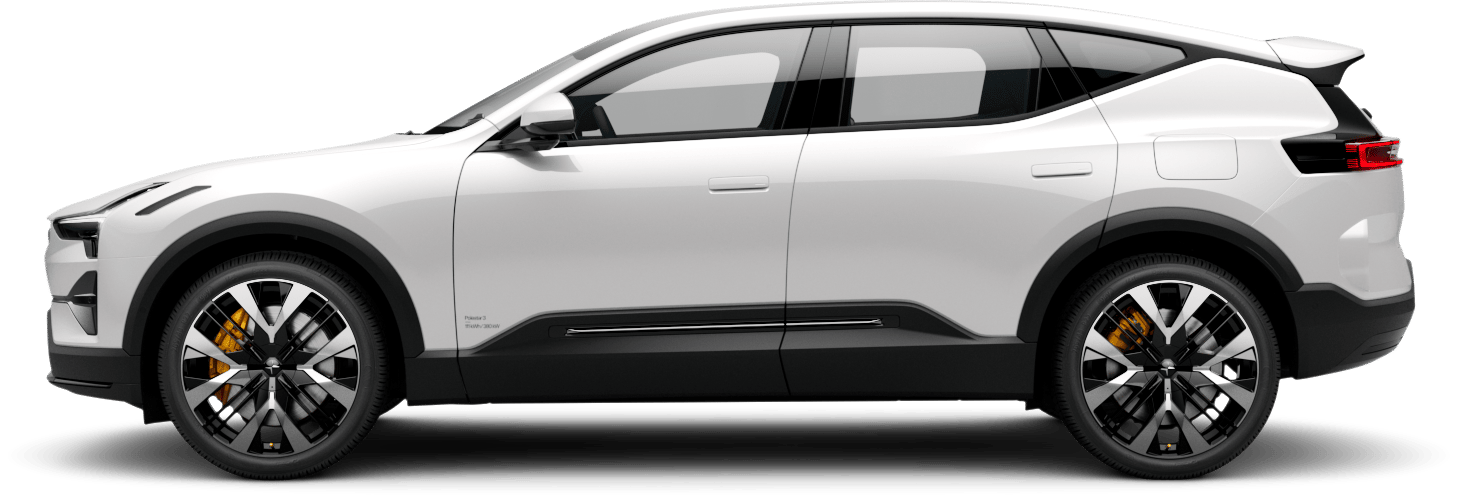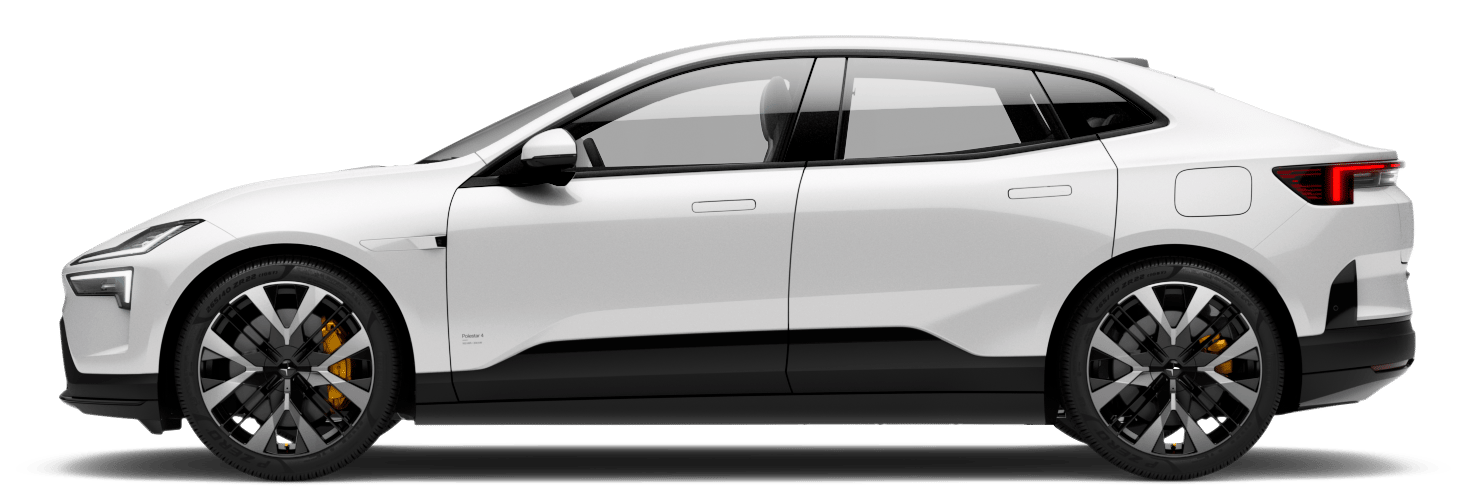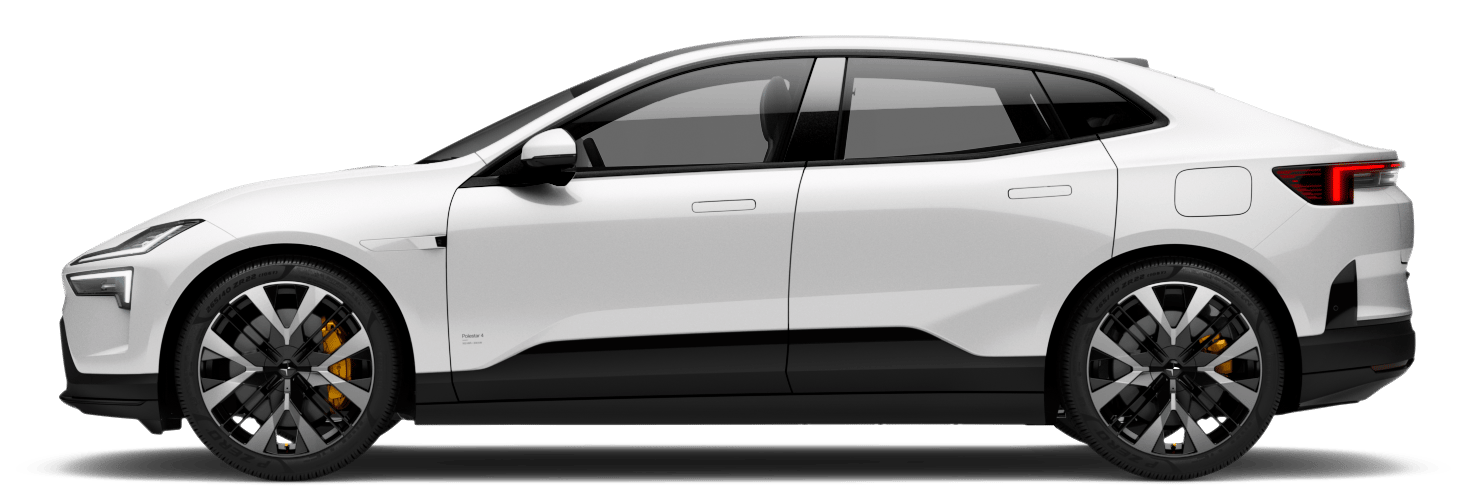Game over: Will EVs pull the plug on the petrol station?
There are just under 150,000 petrol stations in the United States. Last year, they accounted for 500 billion litres of petrol sold. These are astronomical numbers, almost too big to fully comprehend. The petro-industrial complex has built a sprawling footprint that pockmarks the American landscape. But this is all about to change. At some point in the not-too-distant future, electrification will do to service stations what the internet did to Blockbusters. But what comes next? What will a world filled with EV charging stations look like?

They are a completely new typology in our world
The charging station sits on a small road overlooking the Sound (a narrow stretch of water separating Sweden and Denmark), where a solitary superfast charger stands beneath a light wooden canopy made from locally sourced FSC-certified spruce. There's not a petrol pump in sight. The natural structure blends seamlessly with its windswept surroundings, with a plant-covered roof encouraging biodiversity and increasing the structure's lifespan. It feels lightyears away from the world of highway service stations, asphalt and autobahns. And it's very much the future of mobility infrastructure.
In Denmark, this kind of charging point is causing a stir. It forms part of a growing chain of award-winning Scandinavian stations designed by Cobe - one of the country's leading architectural firms - for charging point operator Clever. Having cut its teeth developing urban master plans (as well as the necessary infrastructure and mobility planning required for these designs), transitioning to EV charging infrastructure was a logical step for the company. "It was a no-brainer for us to jump on this project," says Alexander Ejsing, Creative Lead Architect at Cobe. "The petrol station has become a bit tired, you know? A bit worn down. People believe it belongs to the past. But charging stations? They are a completely new typology in our world."
He's right. Charging points look nothing like petrol stations. Unburdened by the constraints of working with highly flammable substances, architects have rediscovered their joie de vivre. "This small sudden change in technology from fossil fuel to clean energy changes the design conditions completely. There's no noise. No toxic fumes. There's not the same kind of stress. Suddenly, everything is possible," says Alexander. Simply put, this means more options for architects. Locations, materials and designs previously off-limits are now back on the table.
But rather than taking an unbridled approach when designing their modular charging stations, Alex and his colleagues decided to look inward for inspiration.
"In many industries, especially in the car industry, when you propose something that points towards the future, it often looks overly futuristic in an almost comic way. Our idea was to take the future of charging in a completely different direction. We didn't want fancy neon lights with our logo. We wanted the design to be the icon itself. So we took a more natural approach to how charging stations should look," explains Alexander of the design process behind their wooden canopies. "Maybe it's a Danish thing. We feel the happiest and least stressed when we go to our summer houses. We are just drawn to natural elements."
There is, however, another side to this story.


The old model of fuelling was not only inconvenient, it was also completely misaligned with how people live their lives
The age of fossil fuels
Ultra-neon lighting atop a digitalised totem pole. Bad coffee and wall-to-wall confectionery. Underground tanks conceal highly flammable liquid beneath a mesh of steel frames and concrete slabs. There's no point in sugarcoating it: petrol stations are toxic eyesores. Built with practicality and safety front of mind, these carbon dispensaries are designed to get people in and out as quickly as possible. And for the best part of 100 years, they've been very successful at doing just that. In fact, few other commercial ventures come close to the sprawling network created by oil companies and independent retailers. But it wasn't always like this.
At the beginning of the 20th century, with the automobile industry in its infancy, petrol stations were almost nowhere to be found. Then something interesting happened. While the introduction of Henry Ford's Model T in 1908 heightened interest in the automobile, the growing network of "filling stations" really kickstarted demand for fossil-fueled vehicles across the United States. As petrol stations mushroomed throughout the country, the number of cars skyrocketed from around 300,000 in 1908 to over 6 million only ten years later.
One hundred years down the road, we are at a similar crossroads.
"In the United States, we are at the front end of a protracted, multi-year growth cycle. Currently, there is still a lag between EV adoption and the infrastructure to charge them," says JP Canton, Vice President of Global Communications at ChargePoint. The company provides almost 250,000 stations across 14 markets, making it the world's largest supplier of independently owned charging stations. They offer the hardware and software required to ensure the reliable and extensive network EV drivers demand. With charging infrastructure critical for increasing EV adoption, the ongoing battle to topple petrol stations rests as much on their success as anyone else's. "In order for the transition to electric to work, EV charging has to be ubiquitous, available, accessible and reliable."
This isn't always easy to achieve. Much of the world's charging infrastructure is still first-generation tech, and teething problems are commonplacee. ChargePoint thinks they have a solution. "To ensure all drivers can charge when and where they need to, we have implemented several major reliability-related initiatives. They span across station monitoring, electrical contractor training, station reporting, and decommissioning to deliver a more accessible and reliable network for our drivers," explains JP. These initiatives have resulted in some pretty impressive results. Today, the uptime status at their stations in North America and Europe currently stands at 96 per cent. Plans to incorporate AI learning into its big data feeds hope to bump that figure to 100. "We want to guarantee that anyone who pulls up at a charging point will get their needed charge."
Game over?
It's certainly too soon to write off the petrol station (especially when things like this are still being built). But look closer, and you can see the familiar tell-tale signs of an industry in trouble. In Norway - a country with one of the world's highest EV adoption rates - petrol stations are in fast decline, with the number of EV charging stations now outnumbering service stations around the country. It's a similar story in the UK, where the number of petrol stations stands at around 8,000 (down from an all-time high of 40,000).
A combination of growing demand for EVs, expanded charging networks, and continued government environmental legislation will only quicken petrol's demise. This tipping point could come sooner than expected. Recent research estimates that 80% of service stations will become unprofitable by 2035.
With petrol stations on the way out, architects, designers and operators have an opportunity to reimagine the refuelling/recharging experience. But things can change quickly during this kind of technological leap. So, what might charging infrastructure look like in 10 years?
"The old model of fuelling was not only inconvenient, it was also completely misaligned with how people live their lives. Because the average dwell time for most EV drivers is around 30 minutes, give or take, electrification will allow drivers to do all kinds of things besides grabbing a bag of chips, a package of beef jerky and a soda before leaving in a hurry. And it gives existing businesses and entrepreneurs countless opportunities to serve and service that captive audience of weary travellers," says JP.
In Denmark, they are turning towards nature for answers.


Meaningful break
"There are some beautiful ideas cooking that you'll hopefully get to see in the coming years. We are working on a biodiversity project that would see these stations become a small oasis with clusters of canopies, and in the middle would be this green heart where you get a meaningful break from the hustle of everyday life. So this idea that you almost look forward to charging your car because it's this opportunity to get away from social media, emails and the general noise of the city," says Alexander.
A meaningful break. Who doesn't like the sound of that?









